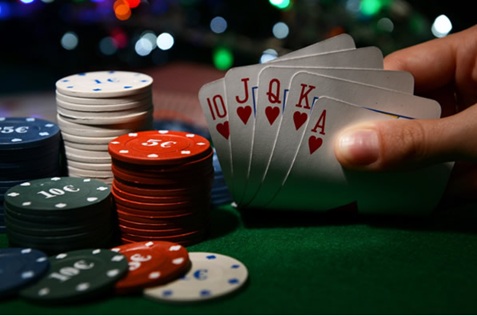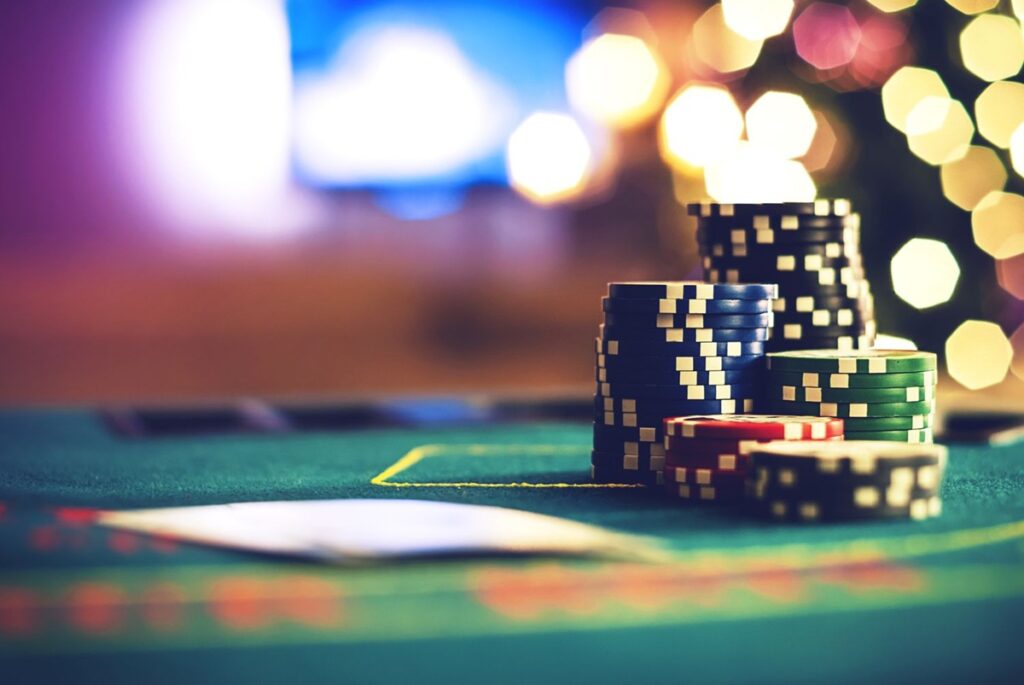The term “poker face” has become synonymous with masking emotions, and for good reason. Whether you’re playing high-stakes poker or a friendly game of cards, the ability to keep your emotions in check can mean the difference between winning and losing.
But is maintaining a poker face really just a trick or does it hold deeper psychological and strategic importance? The truth is, a poker face is much more than a bluffing tool, it’s a powerful weapon in a player’s arsenal, whether at a neon-lit casino table or in an online setting.
The Psychological Impact of a Poker Face
Poker, at its core, is a game of information. Every movement, facial expression, or involuntary twitch can give away what kind of hand you’re holding or the move you’re about to make. This is where the psychology of a poker face shines.
By keeping a neutral expression, you deny your opponents valuable information. They can’t tell if you’re excited about a winning hand or nervous about a weak one, forcing them to rely on their assumptions. This uncertainty is your advantage. A well-maintained poker face scrambles their ability to make confident decisions, placing psychological pressure squarely on them instead of you.
Beyond affecting others, maintaining a poker face also helps you internally. By focusing on staying calm, you’re less likely to act impulsively or reveal inadvertent cues about your thoughts and feelings.
Emotional Control as a Poker Advantage
The importance of emotional control in poker cannot be overstated. Whether you’re riding high after a win or reeling from a bad beat, the key to success is staying composed. Losing your cool, laughing or grimacing, or even just hesitating can tip off your opponents. Skilled players thrive on spotting cracks in an opponent’s demeanor, turning them into opportunities to exploit.
A poker face allows you to compartmentalize your emotions, keeping your decisions objective and logical. It helps you stick to your strategy instead of reacting emotionally. This mental discipline is what separates seasoned players from novices and contributes to long-term success at the table.
Bluffing and Misleading with a Poker Face

One of the most effective uses of a poker face is to bluff or mislead your opponents. Imagine a scenario when you have been dealt a weak hand, but you’re trying to convince the table you have a strong one. By blending a calm demeanor with a well-timed raise, you may bait others into folding, even if they have better cards.
On the flip side, you might use a poker face to sandbag, or disguise a winning hand, convincing your opponents to bet more before you reveal your strength. The beauty of a good poker face lies in its unpredictability, keeping others guessing about the true state of your game.
The Role of Poker Faces in Online Play
You might think poker faces are irrelevant in online poker, where no one can see your expression. But even in the virtual world, the principles remain. Players still analyze your timing, betting patterns, and actions for tells. For example, taking too long before raising might signal hesitation, while lightning-fast decisions could indicate confidence.
A “digital poker face” comes into play here, where even your online behavior must remain consistent and deliberate. Adopting neutral timing for actions and varying your play style can prevent opponents from picking up on patterns, much like an in-person poker face hides physical tells.
Conclusion
A poker face is so much more than a simple trick, it’s a blend of psychological insight, emotional control, and strategic mastery. By masking your emotions, you not only keep your opponents guessing but also maintain your own composure, leading to better decisions and outcomes.
Whether you’re bluffing, holding back, or simply staying unreadable, the poker face is an art form that anyone serious about the game should learn to master. It’s the silent strategy that speaks volumes at the table.

